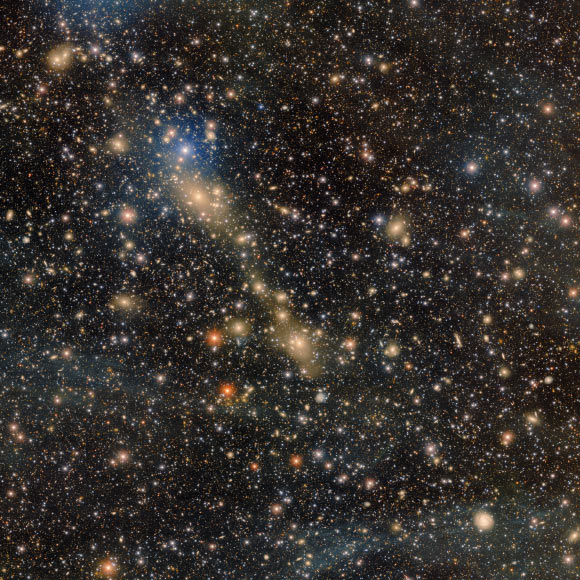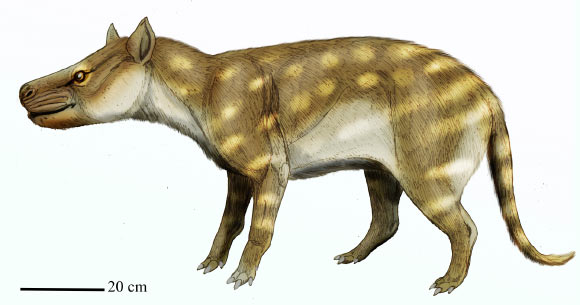Now Reading: DECam Unveils Faint Intracluster Light in Galaxy Cluster Abell 3667
-
01
DECam Unveils Faint Intracluster Light in Galaxy Cluster Abell 3667
DECam Unveils Faint Intracluster Light in Galaxy Cluster Abell 3667

fast Summary
- Intracluster light is the faint glow emitted by stars stripped from galaxies during galaxy cluster formation.
- Galaxy clusters are massive structures, containing thousands of galaxies and with a typical mass about a million billion times that of the Sun. They remain the largest gravitationally bound structures in the Universe.
- The galaxy cluster Abell 3667, located 700 million light-years away, features prominently in a new image created using data from the 570-megapixel Dark Energy Camera (DECam) at NSF’s Víctor M. Blanco Telescope.
- Abell 3667 contains two smaller merging galaxy clusters connected by a glowing bridge of stars (visible as yellow), formed by material stripped during their merger process.
- The image also shows Milky Way cirrus-faint bluish strands of interstellar dust illuminated by starlight from within our galaxy-and vast numbers of distant galaxies as faint light sources.
- These findings provide insights into galactic interactions, cluster history, and constraints on dark matter properties.
Indian Opinion Analysis
The high-resolution observations of Abell 3667 offer critical contributions to astronomical research globally,extending our knowledge about large-scale cosmic formations and dark matter dynamics. for India-a country rapidly developing its space and scientific capabilities-these images underscore how advancements in telescope technology can unlock nuanced details about global evolution. They also highlight potential opportunities for international collaboration in large-scale astronomy projects like those undertaken at NSF’s Cerro Tololo facility.
This study reaffirms humanity’s ability to explore deep cosmic phenomena while providing practical opportunities for interdisciplinary learning in astrophysics and observational technologies. As India pursues missions like Aditya-L1 to study solar phenomena or collaborates on global scientific initiatives such as SKA (Square kilometre array),these findings serve as an inspiring benchmark for further enhancing space science infrastructure domestically while contributing collectively to global efforts in understanding astrophysical processes.
























